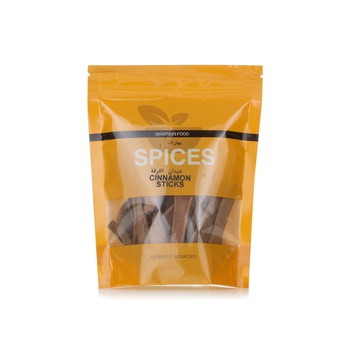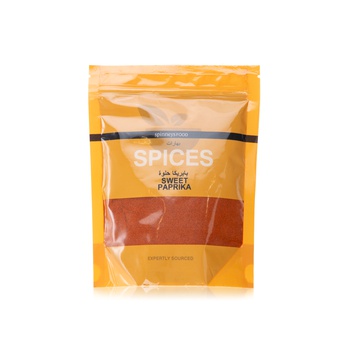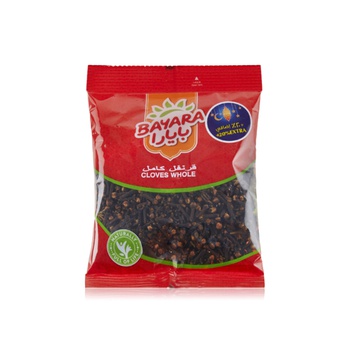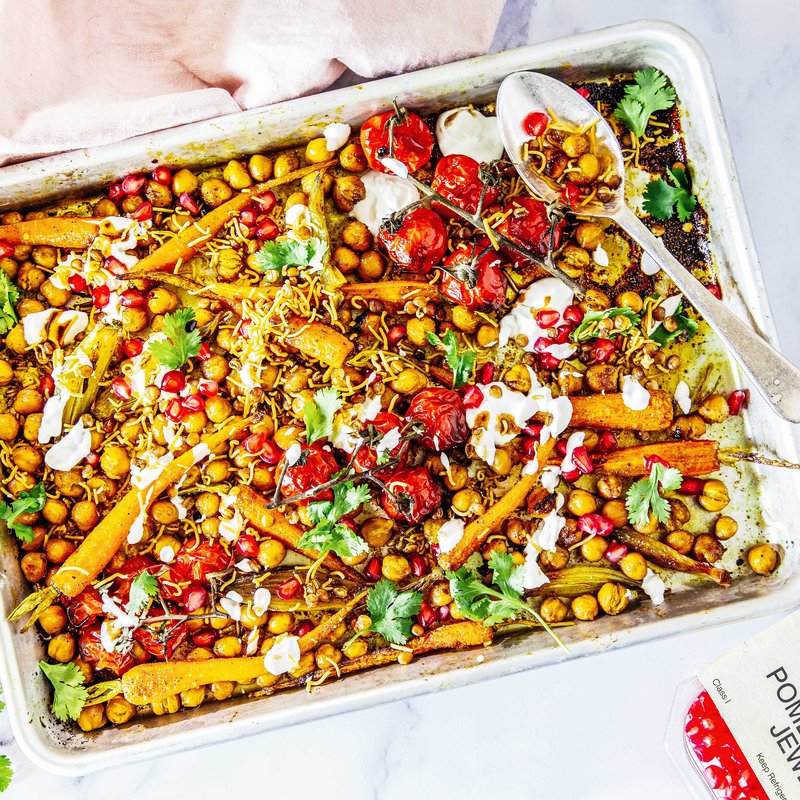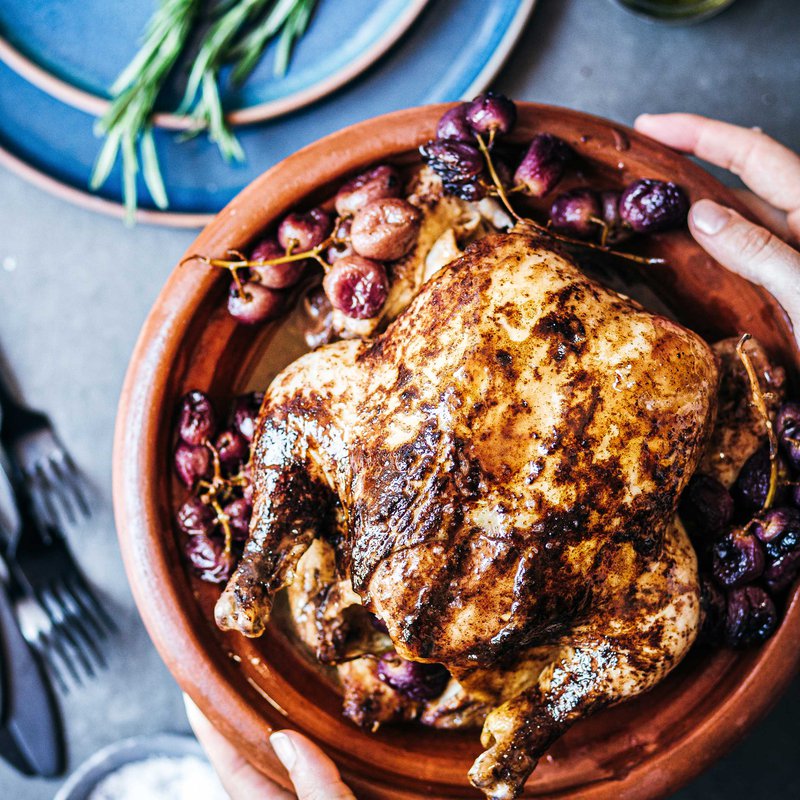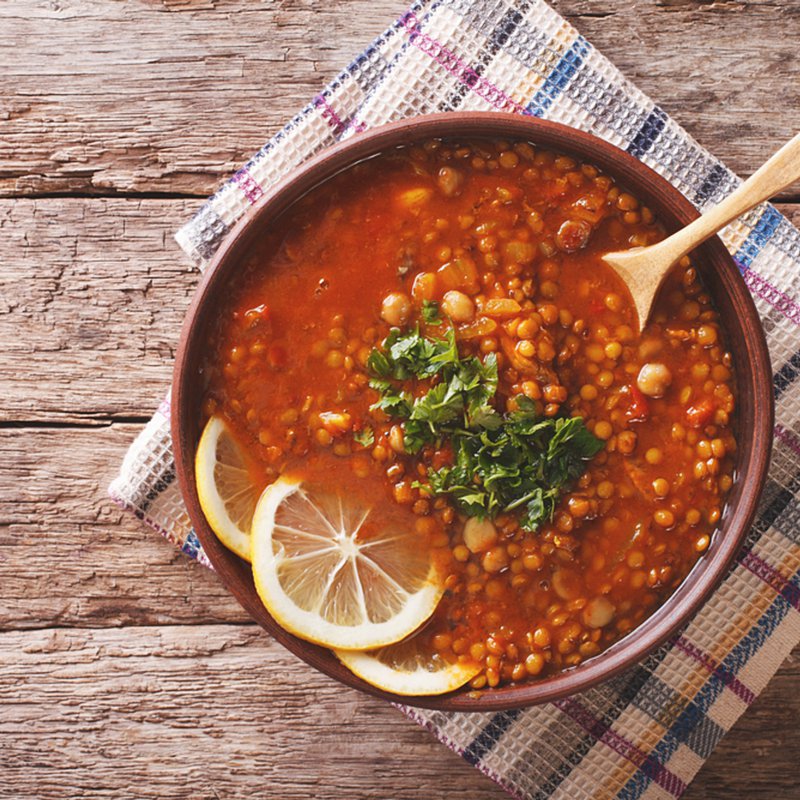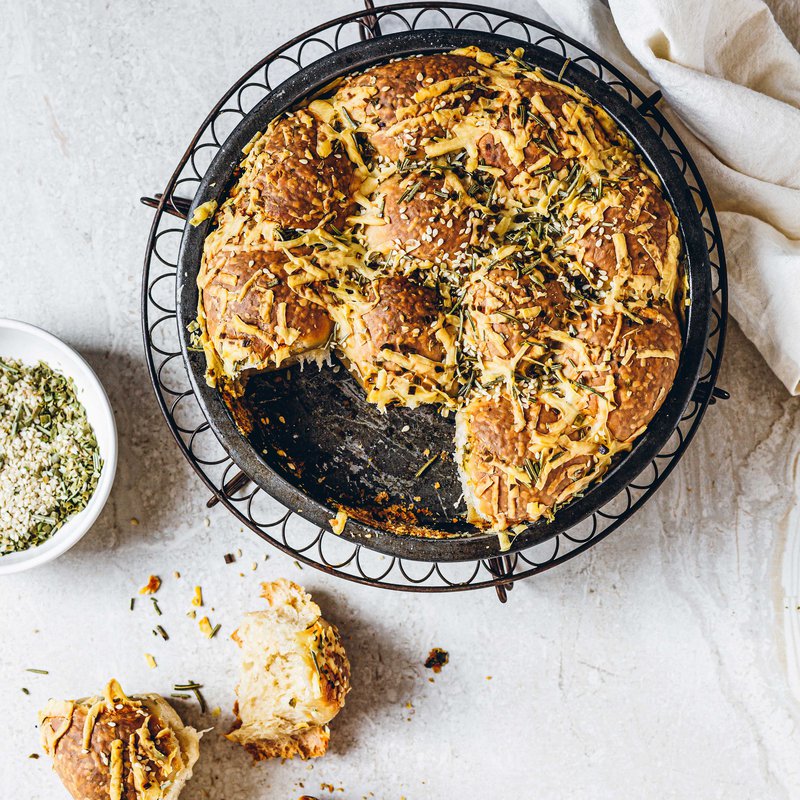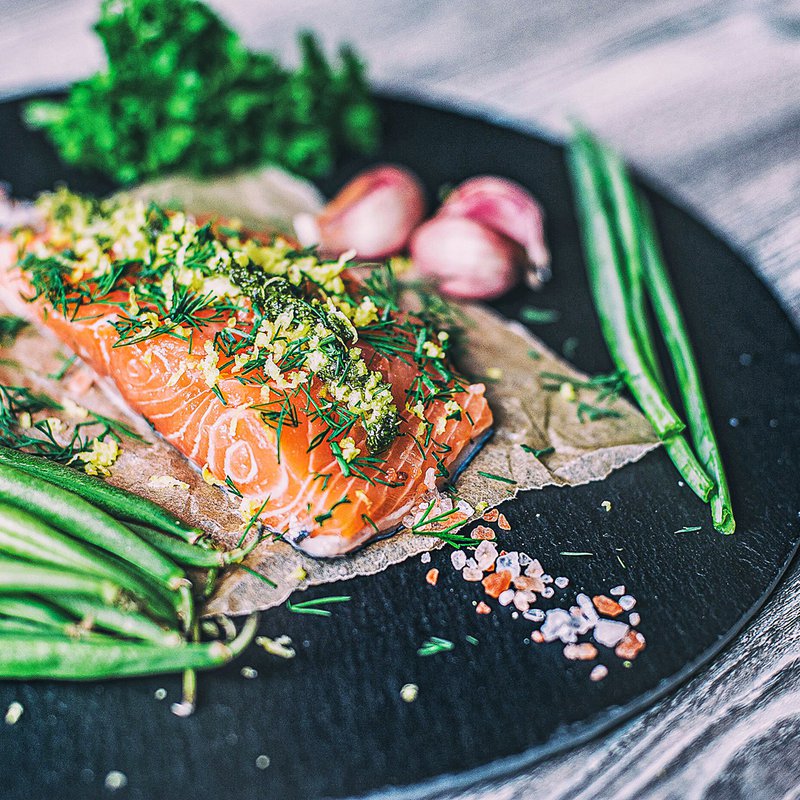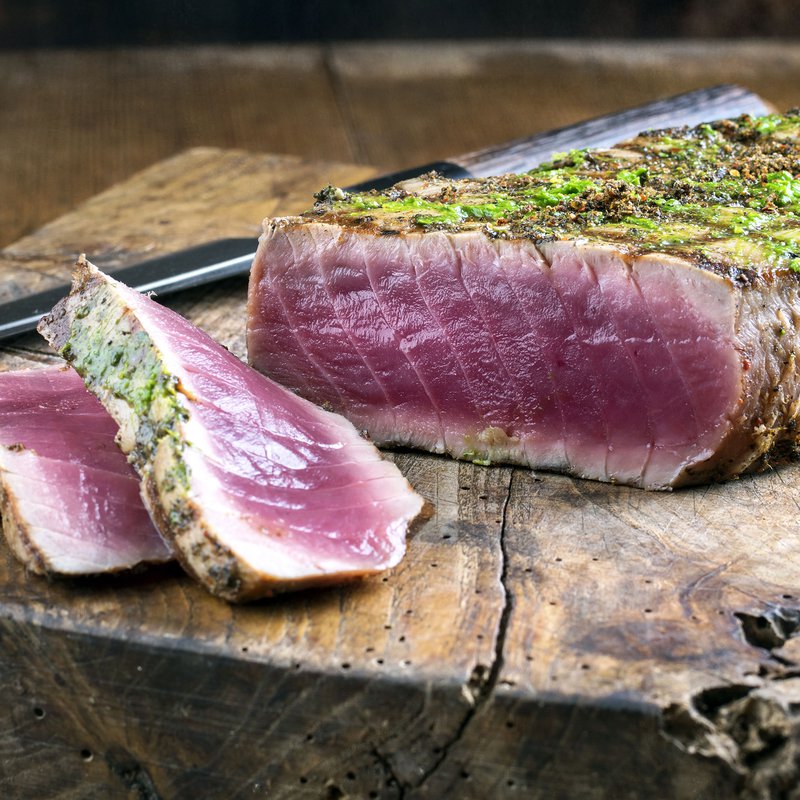Would you believe us if we told you the secret to making a great dish lies in your pantry? For years, home and commercial kitchens around the world have been pounding and grinding spices to turn everyday meals into something special, at times using certain combinations to give the simplest dishes the most complex flavours. With Spinneys offering customers a top-notch selection of whole spices, it’s about time you put the mortar and pestle to use.
INDIA
The masala box is proof of India’s long-standing love affair with spices. This circular steel container, which occupies space in every Indian kitchen, holds seven bowls, each filled with spices used daily - one of them is Garam Masala (translated as ‘hot mix of spices’). Surprisingly, there is no standard recipe for this lightly roasted blend that’s used across the subcontinent to flavour curries, lentils, and biryanis as every region and household creates its own version.
Garam masala ingredients: nutmeg, mace, cinnamon, cumin seeds, coriander seeds, black pepper, cloves, black and green cardamom
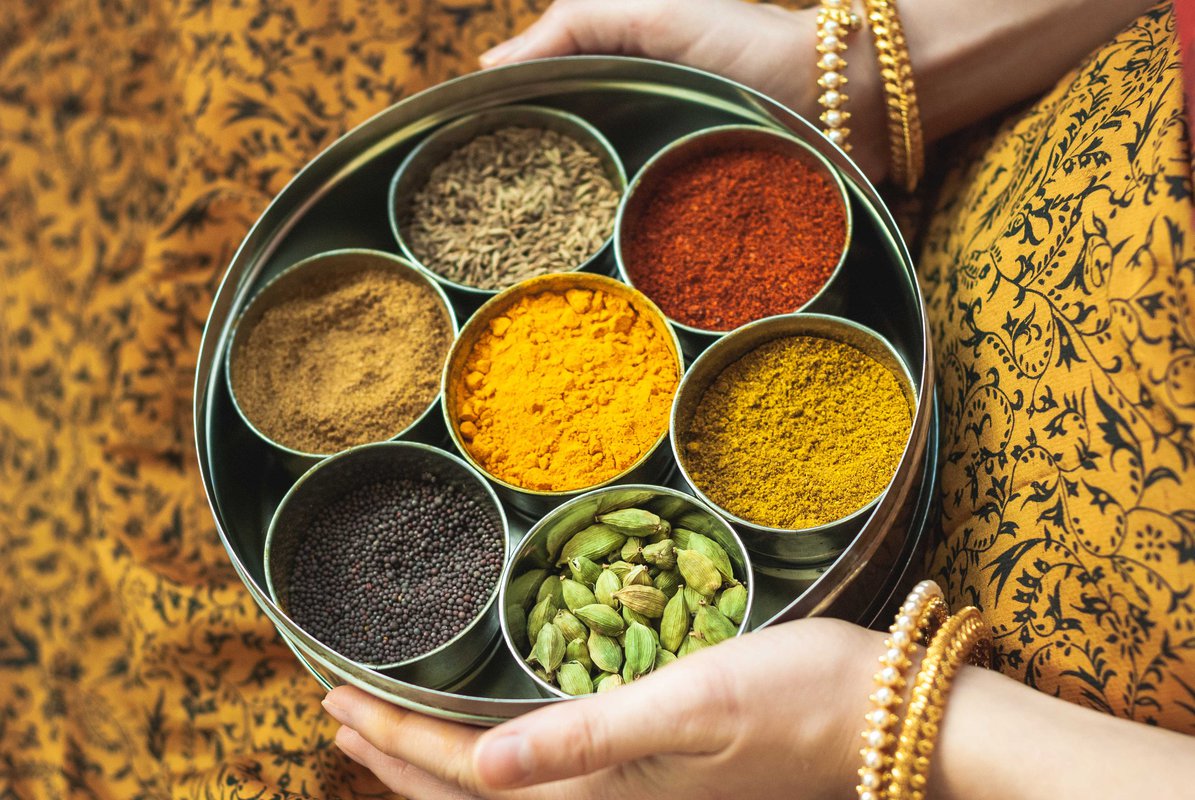
CHINA
China’s food is as diverse as the country itself but is generally classified into eight regional cuisines. Each boasts its own cooking technique, with a preference for certain produce or seasonings. But if there’s one ingredient that’s widely used across the country, it is Wu Xiang Fen or five spice powder. From crispy Peking Duck to Char Sui chicken, a lot of dishes get that satisfying flavour from this aromatic, umami-rich mix.
Five spice ingredients: Szechwan peppers, star anise, cinnamon, fennel, cloves

LEVANT
Most people's introduction to zaatar is probably through a manakish, as the baked Levantine flat bread is often topped with this mixture. However, many don’t know that the name refers to the spice mix as well as the herb that’s used to make it. Its nutty and toasty flavours are often enjoyed for breakfast, with bread first dipped in olive oil and then in zaatar. But that isn’t all you can do with this seasoning. Sprinkle some on hummus or rub it on meats, while a croissant is always a great vehicle for this earthy mix.
Zaatar ingredients: zaatar (or a combination of thyme and oregano), dried sumac, salt, sesame seeds
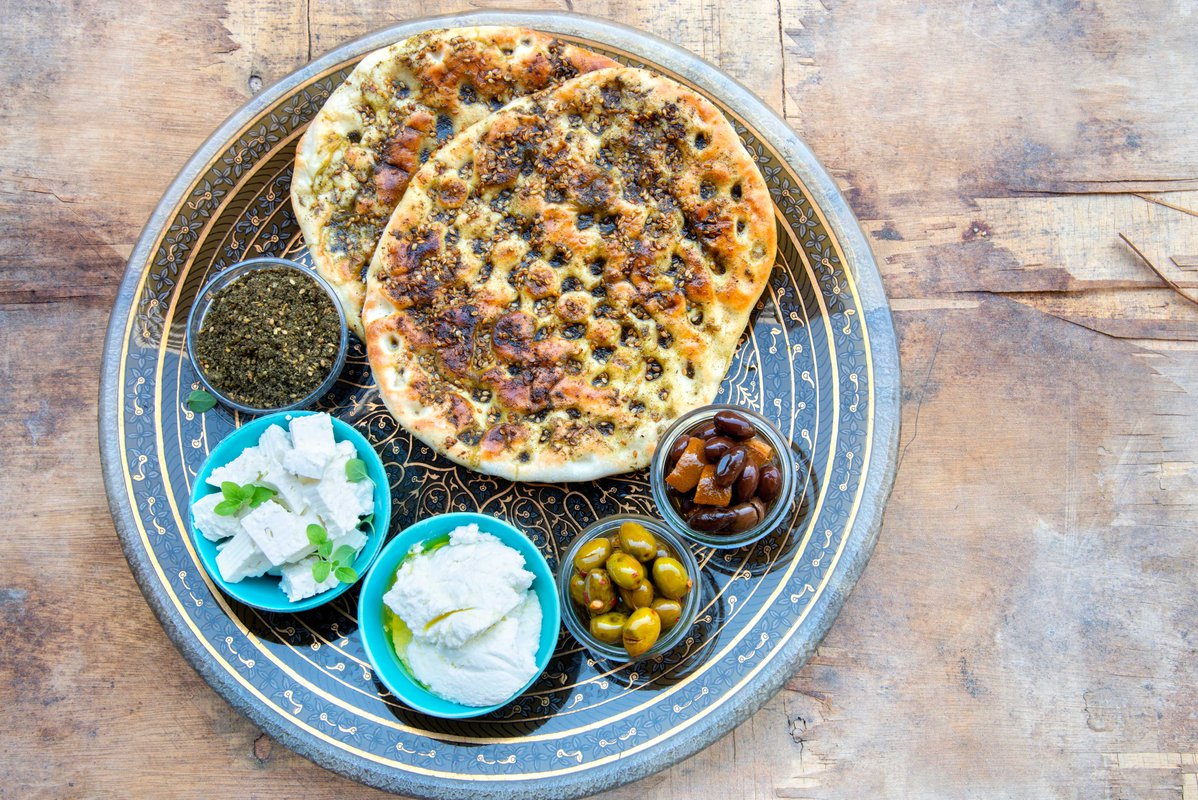
MOROCCO
Food enthusiasts scour Morocco’s spice markets to get their hands on a packet of ras el hanout. The name roughly translates to 'head of the store', which implies top spices available in the shop have been used to create this woody and warming mix that brings dishes such as couscous and tajine to life. Ras el hanout is usually made with around a dozen spices in different proportions.
Ras El Hanout ingredients: cumin, cinnamon, clove, cardamom, nutmeg, dry ginger, peppercorn, paprika, turmeric powder, fenugreek seeds, coriander seeds, all spice, mace, chilli peppers
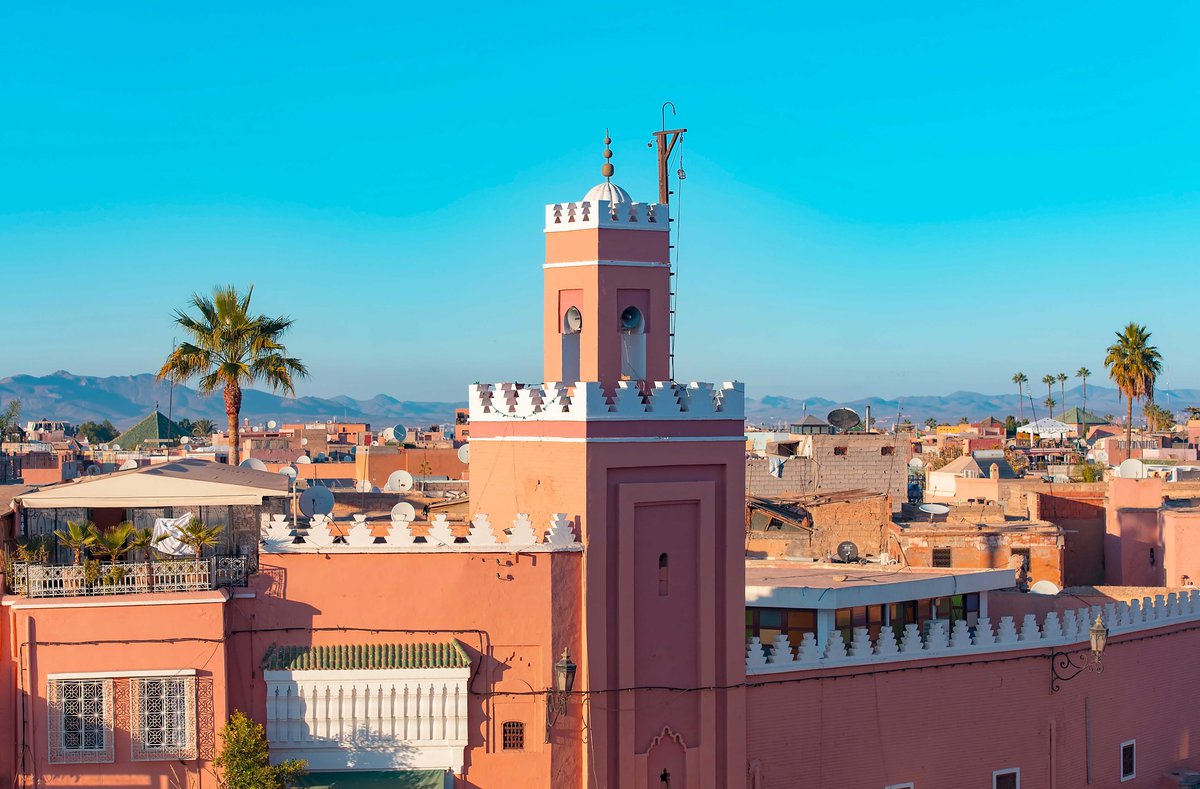
JAMAICA
The recipe for Jamaica’s jerk spice is a fiercely guarded secret among those on the island. Every family has its own formula, and while they may not reveal the proportions, they will gladly tell you that the spice mix is all about the heat. Sharing its name with the cooking technique itself, the dry rub has gained fans outside Jamaica as well. Originally, it was used to season chicken that was cooked in a pit. Today, it is used on lamb, goat, veggies, and even seafood.
Jerk spice ingredients: Scotch bonnet peppers and all spice



